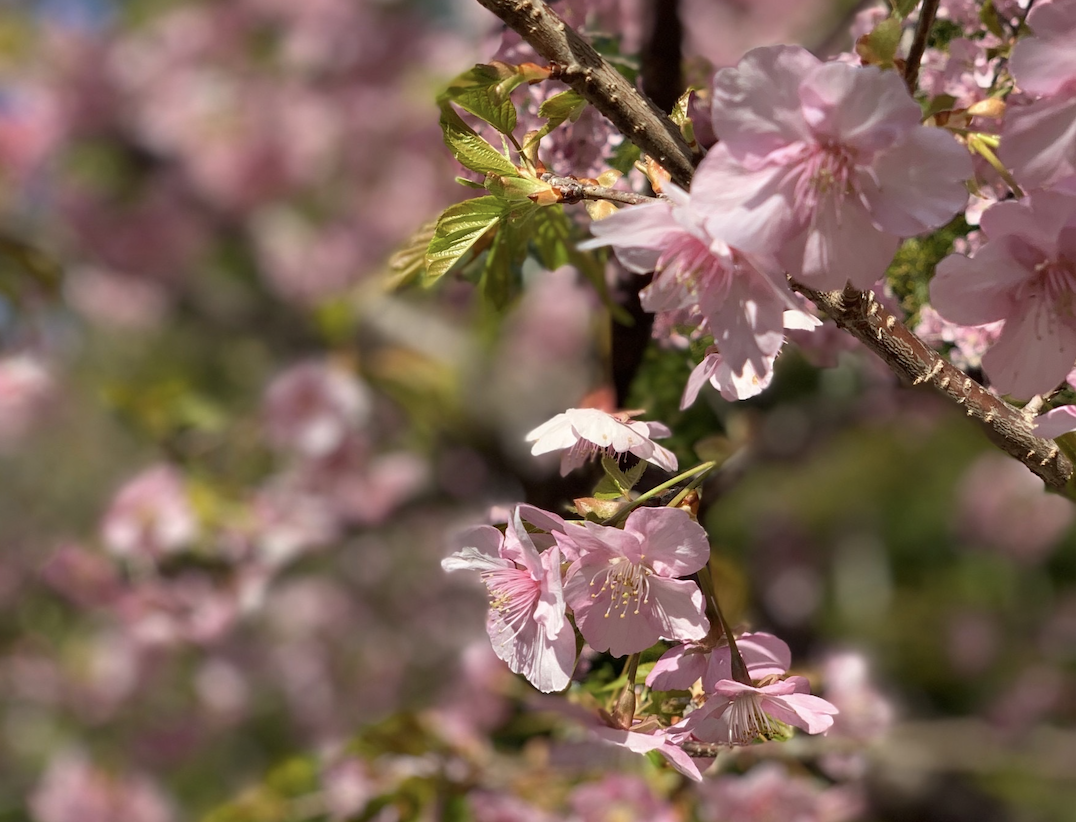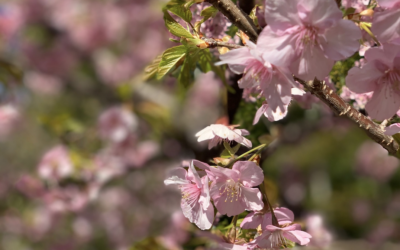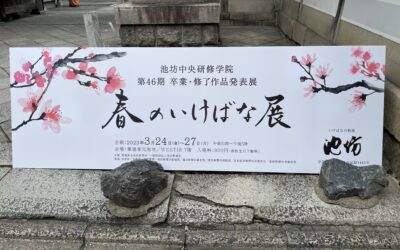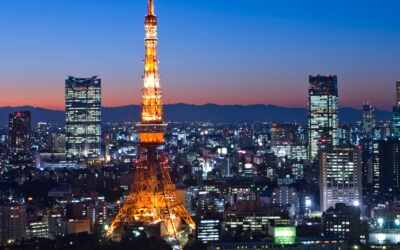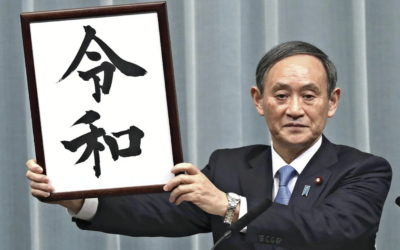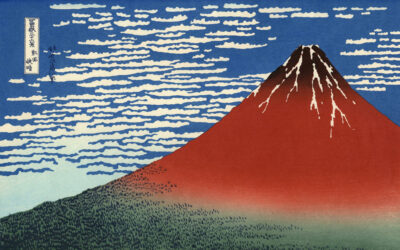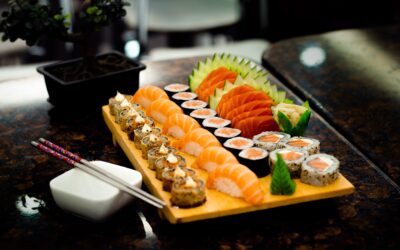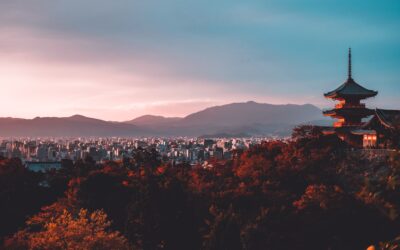A rosacea flower that is in full bloom for only about two weeks at most is the cherry blossom. In Japan, this is called “Sakura”. As spring comes, Sakura blooming forecasts are reported on news programs every day, Sakura-themed songs are played everywhere, and the town is filled with goods and food with Sakura motifs.
Why “Sakura” has been ever loved by the Japanese?
Flower is about “Sakura” in Japan
A lot of countries have one or a few floral emblems, which have been loved by every nation and are their symbols. For example, England has the Tudor Rose, Holland has the Tulipa Gesneriana, and India has the Nelumbo Nucifera. Japan also has two floral emblems. One is Chrysanthemum Morifollum.
This flower is one of the autumn’s flowers in Japan and has been used as the emblem of the royal family, ever since Emperor Gotoba personally loved it and began to wear the chrysanthemum crest on his sword and other items in the Kamakura period around 13th century. Today, it is also used as the emblem of the Japanese passport.
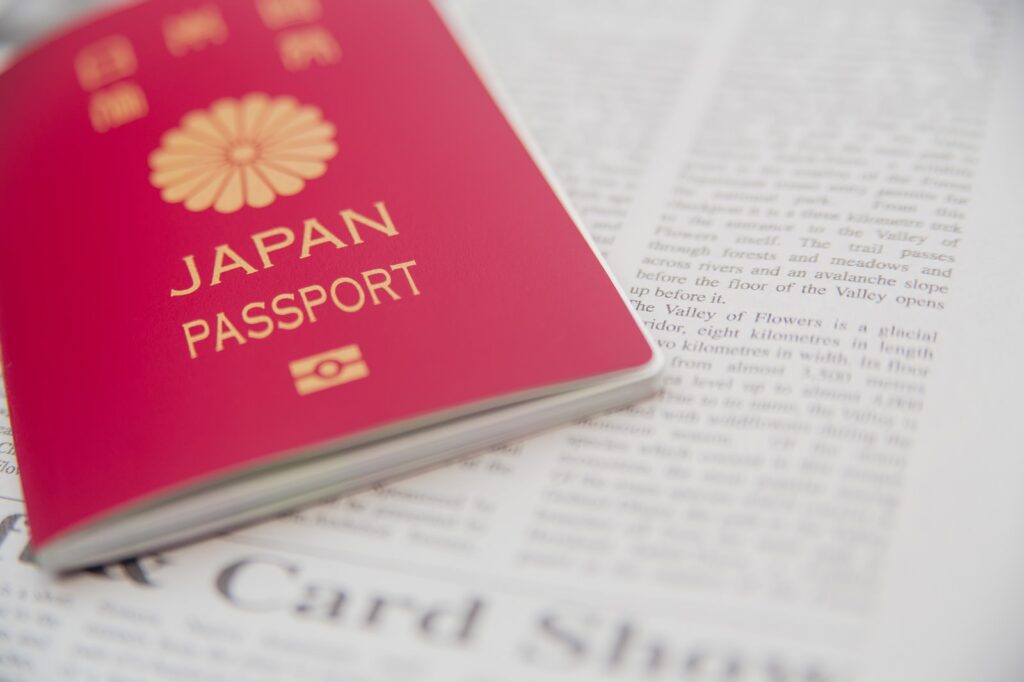
One chrysanthemum crest is printed on Japanese passports.
However, if you were to ask Japanese people what flower represents their country, almost would not nominate the chrysanthemum. One of the main reasons is that this flower often gives them some negative impression because of used as a decorative flower at funerals, but the most important one is that they have fundamentally believed that the flower for them is about Japanese cherry blossoms, called “Sakura”.
A Unique Culture, Ohanami
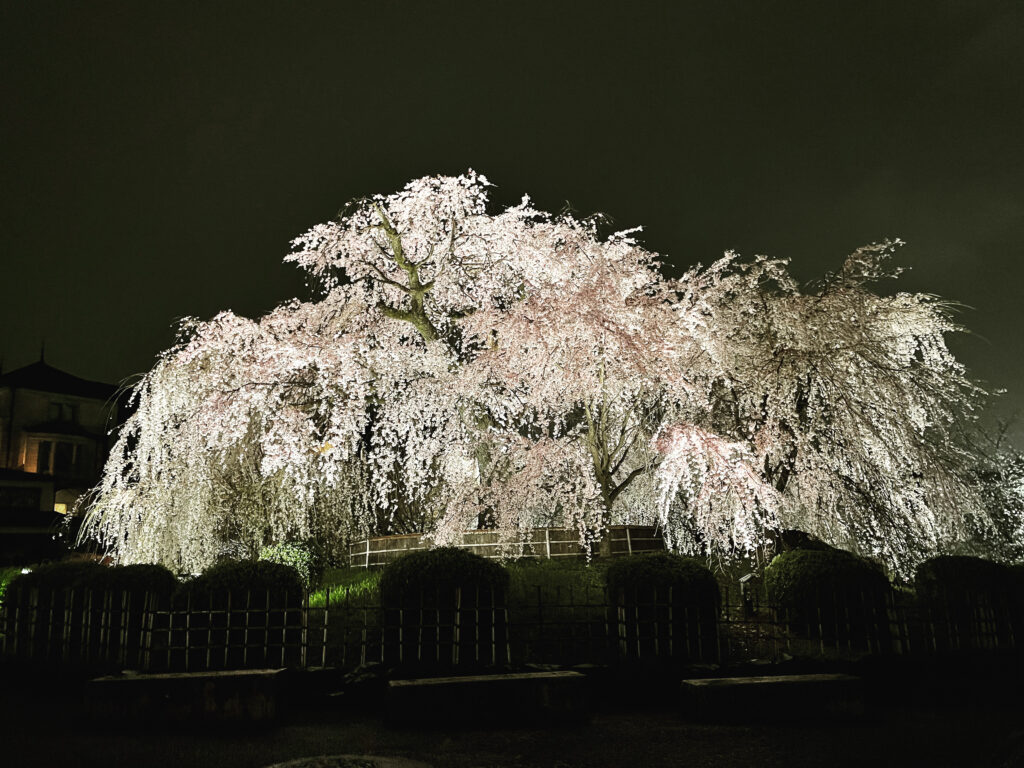
Maruyama Park, Kyoto. On a rainy night in Spring, many tourists with umbrellas viewed the beautiful cherry blossoms illuminated .
A Japanese word, “Ohanami”, is generally translated that they see flowers. However, for the Japanese, this only means an act, an event, and a festival of seeing cherry blossoms, Sakura.
When winter comes, they are actually longing for the early arrival of spring, because their islands have four seasons distinctly, and the northern tip of them is almost at the same latitude as Milan, Italy, so their winter is much cold and snowy in some regions.
Then, when March comes, daily newspapers and news programs on TV broadcast blooming forecasts, which reports when cherry blossoms will bloom. They are very sensitive to temperature, so the start time of blooming varies from region to region, and even in the same one, it shifts slightly each year. Based on this forecast, Japanese people begin to consider where to go to see this year. This forecast is very important information for viewing them because their blooming period is for less than two weeks.
A lot of Japanese people will go to see cherry blossoms for sightseeing on holidays when they will be in full bloom. A lot of Japanese famous sightseeing spots, such as parks, museums, castles, and temples, have many cherry blossoms. On the other hand,due to the beauty, night illuminations, or their aged, themselves are so featured that become sightseeing spots.
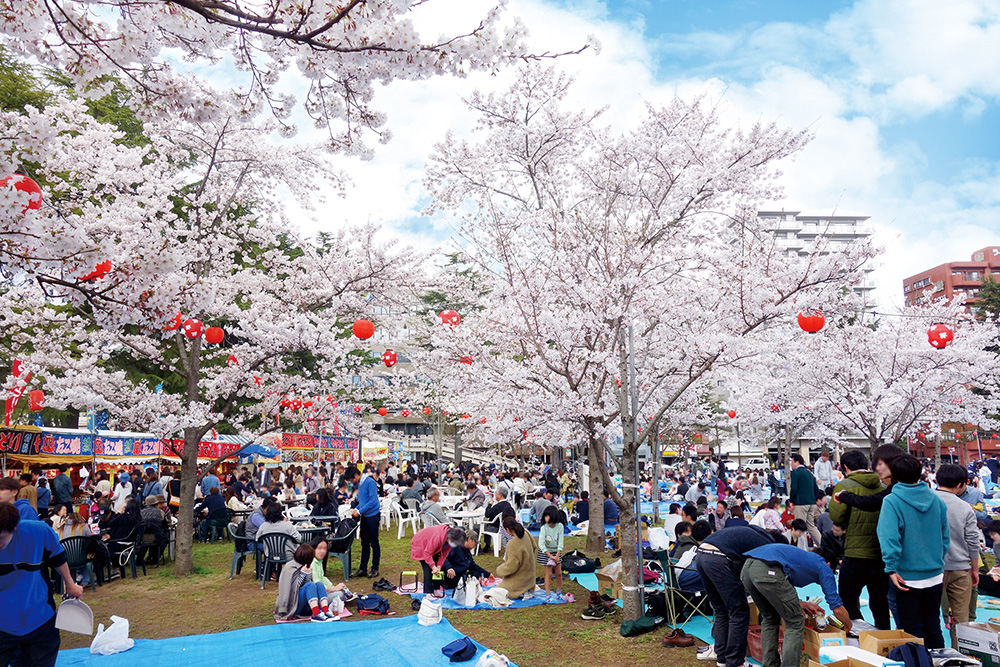
However, how to enjoy Ohanami is not only a sightseeing activity. That is outdoor parties held under the cherry blossoms in familiar parks or riversides. These are intimate lunch or dinner parties among friends, lovers, colleagues, etc., sometimes with alcohol, and are held day and night. At the most popular locations, it can be seen that some people sit early in the morning to reserve their Ohanami places, so-called “place-hunting,” and it has become one of the Japanese spring traditions in Japan.
“Unconscious” Love to Sakura

Mountain cherry blossoms and rice paddies just after planting
Why do the cherry blossoms blooming on trees shake the Japanese consciousness? It would be necessary for us to trace the history to solve this mystery.
It is easy to be imagined that the Japanese religion is Buddhism, because they have many famous temples such as the world heritage Daigoji-temple in Kyoto or Kinpusenji-temple in Yoshino, Nara, and almost of funerals are held in various temples now. However, they have believed in Gods long before Buddhism was introduced to their country from Asia in the 6th century.
The most believed one among these gods would be “Sa-gami”, The God of “Sa”. When he would come from the mountains and sit down under cherry blossoms, they would bloom. The sacred place where he sits would be called “Kura”. So, cherry blossoms would be called “Sakura” in Japan.
Farmers in this period believed that cherry blossoms blooming would be a sign that God had come down, and began to plant seedings of their main product “rice” just after these blooming. They had played “Utage” parties with “Sake” under them to pray for a good harvest.
In the Nara period (710-794), this custom was transformed into an event for nobilities, people in upper-class positions within the monarchy, to enjoy viewing them. This can be confirmed in Manyoshu, the oldest anthology of poetry in Japan, which is also known as the source of the quote for the Japanese new era name, “Reiwa”.
Furthermore, this custom spread to the samurai in the Kamakura period (1185-1333) and to the common people in the Edo period (1603-1868). Especially in the late of that period, a new type of cherry blossom, Someiyoshino, was developed by means of clone propagation. She has made it possible to see cherry blossoms anywhere in Japan.
Their Souls Have Desired a Way of Life Like “Sakura”
Three elements highlight the beauty of blooming
When Japanese people see cherry blossoms, they sensibly say “How beautiful they are!”, but there are three pieces of physical evidence that they are beautiful.
The first is that they flower before they leaf out. Generally, plants produce leaves and store enough nutrients through photosynthesis before flowering. Some types of cherry blossoms do that, but others, especially Someiyoshino, bloom earlier than leaf out. Because of that, she can express her beauty freely without being hidden by her own leaves.
The second is that they flower a lot. For example, in the case of plum blossoms, which were the target of viewing flowers “Ohanami” before cherry ones, one bud makes one flower. In contrast, cherry blossoms make 3 to 5 flowers from one bud.
The other is that they flower at the same time. Not only one cherry blossom can make flowers at the same time, but almost all cherry blossoms in the same area or region can do in the same way.
Fragile with Good Grace
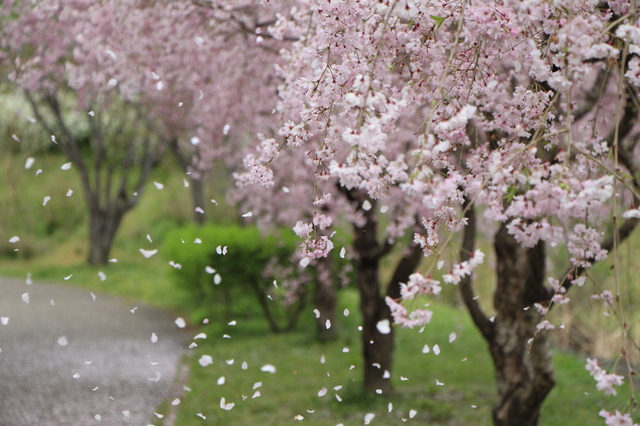
In addition to their blooming beauty, cherry blossoms have another major feature that must be mentioned. Generally, Ornamental flowers, represented by roses, are at the peak of their beauty in full bloom. Meanwhile, the sight of those flowers “falling” would give us little interest, and in some cases, feel a little ugly. However, the falling of cherry blossoms would fascinate us, not only as well as, but also better than their blooming.
General flowers first produce leaves, which store nutrients through photosynthesis to produce flower buds, and eventually bloom. Cherry blossoms, Someiyoshino in special, also follow the same process up to producing flower buds around July or August, but instead of blooming, they shed their leaves and pass the winter.
Cherry blossoms, which hibernate their flower buds, are able to produce many flowers at once in the following spring, because they have no process of making leaves and have a lot of nutrients. Furthermore, the Someiyoshino, a variety that would account for 80% of all cherry trees in Japan today, has the same genes, so she can bloom at the same time under the same environment.
When cherry blossoms are in full bloom, they start simultaneously the work of falling their petals, which separates their petals from receptacles by making a cell layer at the base of them. This work is remarkably organized, and yet quickly. Furthermore, they dance in the wind, fly somewhere, fall to the ground, and finally disappear. Their fragile sights have brought one special emotion to the Japanese more than the beauty.
That is, “Bushido”.
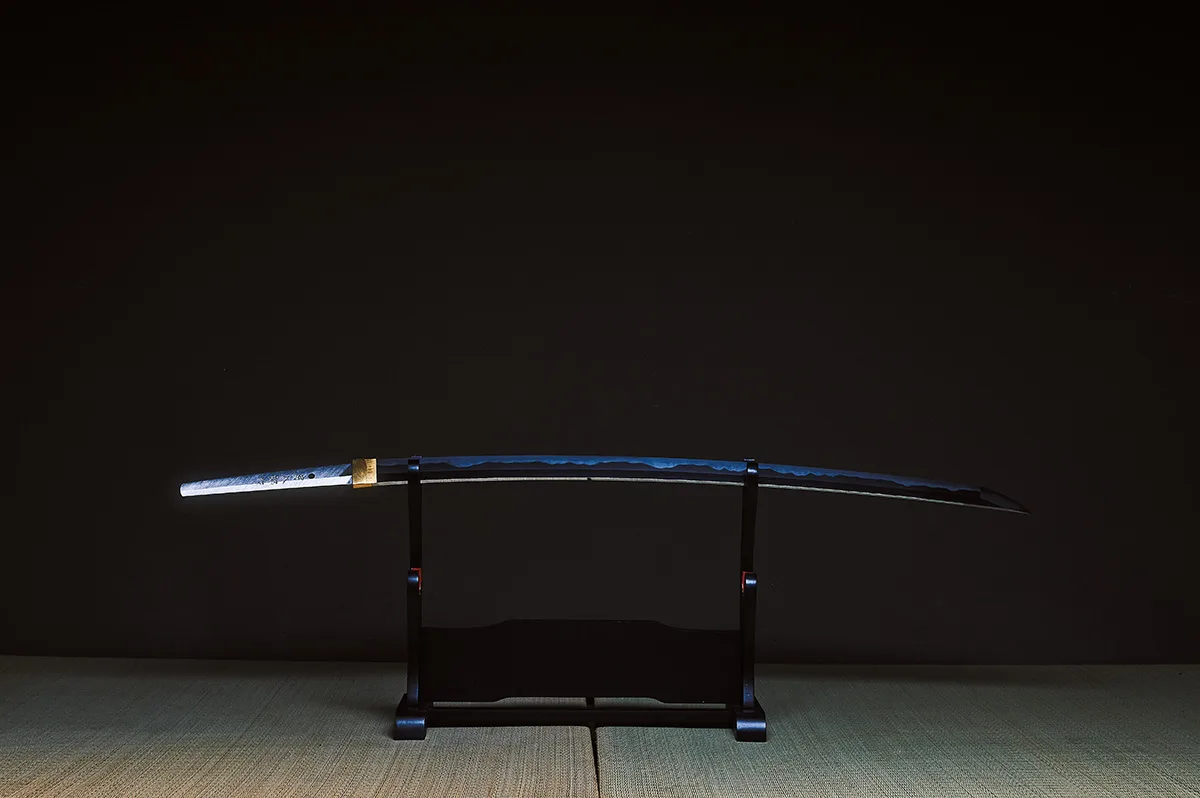
What is that special emotion? This would be the “Mono-no-Aware” in Japanese, meaning the intuitive sensitivity to death. It would be difficult for the West, which respects logical thinking, to understand this emotion, but there was an American film about this emotion as this theme. This film is “The Last Samurai”.
The synopsis of this film is as follows:
In the middle of the 19th century, Japan transformed from a feudal society to a capital one with the Meiji Restoration, which also advanced the end of the samurai society. Some samurai, fearing for their position and the survival of Japanese traditional culture, resisted the new government.
Nathan Algren (Tom Cruise), an American soldier, had come to Japan with a request from the Japanese new government to train their army. He led his growing army to attempt the destruction of the resisting Samurai, but failed and was taken prisoner by the Samurai army.
However, during his captivity in the Yoshino-Village where the samurai were based, Nathan experienced traditional Japanese culture and the Samurai’s life, and gradually changed his thought. Finally, he became an ally of the Samurai, and they tried the challenge of a final battle against the government.
Before the final battle, under the Yoshino cherry blossoms, Katsumoto (Ken Watanabe), the leader of the Samurai army, told Algren about the Samurai way of life.
Katsumoto: Like these blossoms, we are all dying. To know life in every breath, every cup of tea, every life we take. The way of the warrior.
Algren: There is Life in every breath…
Katsumoto: That is, Bushido.

